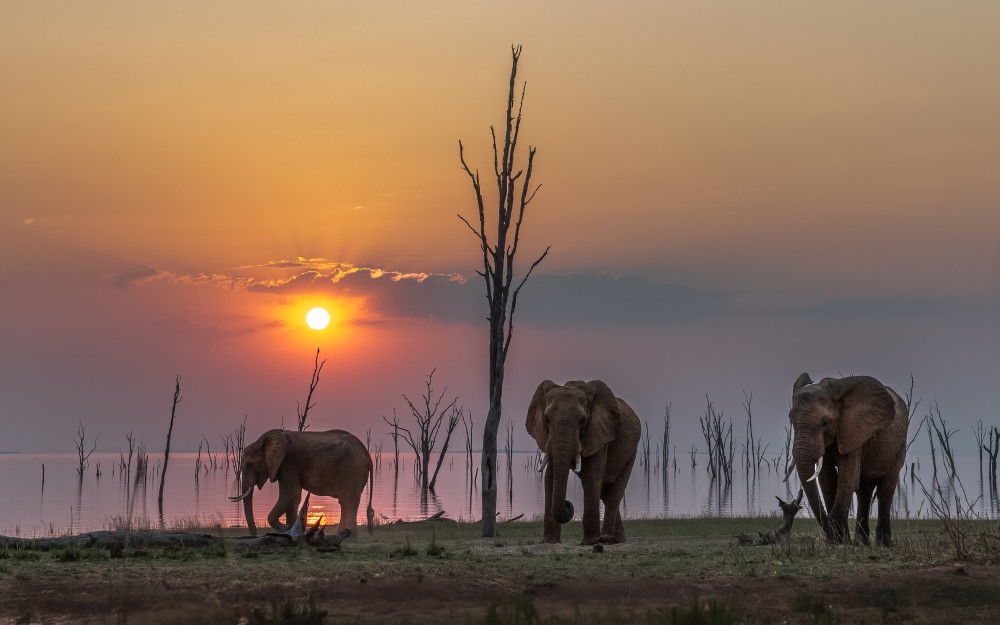Although Matusadona contains a limited diversity of large mammal species, its history speaks of its future potential. At one point the park supported the highest density of lion in Africa, and was an incredible stronghold for elephant and black rhino. Despite its historic losses, today the park contains a strong baseline of wildlife species with elephant, lion, buffalo and typical lakeshore species of hippo, waterbuck, impala and buffalo. The restoration of Matusadona’s wildlife populations is a management priority with the intention to reinstate the park as Zimbabwe’s premier elephant and black rhino sanctuary.
While Matusadona’s five-kilometre buffer zone around its boundary limits the effect of some conservation challenges, such as encroachment of human settlements and agriculture, other challenges remain a focus for African Parks. These include human-wildlife conflict, poaching of high-value species, including buffalo and elephant, and fishing at unsustainable levels.

Monitoring and Survey
The ten elephants collared in 2021 have been providing valuable information, with the data obtained on their movements and those of uncollared elephant indicating that far more of the landscape is used than previously thought. Likewise, it shows the importance of land-use planning as part of a holistic approach that helps to reduce human-wildlife conflict and improve elephant management methods.
A Panthera camera trap study was completed, showing a healthy leopard population in the park. A survey in 2021 identified over 2,100 hippo along the Matusadona shoreline – a substantial increase from approximately 250 animals in the early 1980s.

Conservation Law Enforcement
Rangers from local communities are recruited and trained to be stationed throughout Matusadona ensuring wildlife and ecosystems are protected. Throughout the year, rangers receive ongoing training, with legal training for senior staff conducted in conjunction with the Tikki Hywood Foundation (THF).
2022 saw the reduction of illegal and out-of-season fires being lit from outside the park and from illegal incursions from gold panning and poaching. This was achieved through 300 km of firebreaks burnt early in the season as well as a quick response by the rangers and technical teams. As a result, the distribution of zebra, buffalo and elephant was markedly different from previous years in the escarpment area.
Major lake operations have taken place, with the Lake Kariba Captain and the Nyaminyami Rural District Council (NRDC), to legally register and mark vessels in the seven fishing camps found in the Lake Kariba Basin around the park. Boats found to be unseaworthy, or illegally operated, are confiscated.
